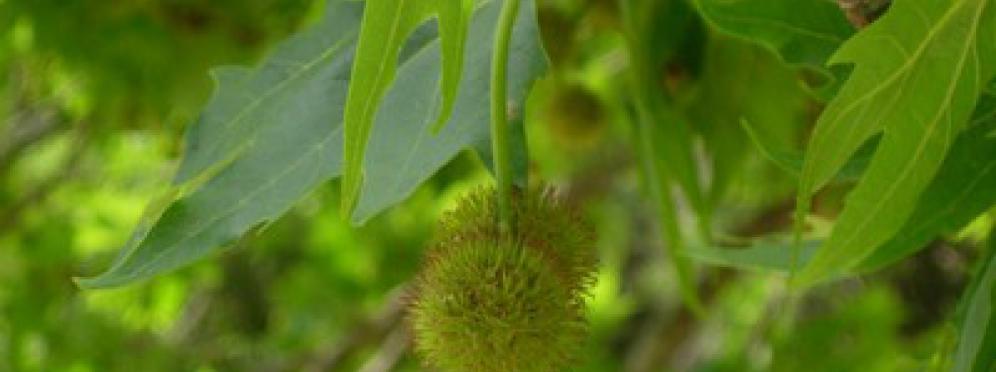Oriental plane
Oriental planes may reach 40 metres, have large trunks and dense, shady canopies. They usually grow in the eastern Mediterranean area, as far as the eastern Himalayas, and many scholars believe that they are indigenous also in Sicily, Calabria and Cilento, where they grow spontaneously in humid woodland along watercourses.

Oriental planes may reach 40 metres, have large trunks and dense, shady canopies. They usually grow in the eastern Mediterranean area, as far as the eastern Himalayas, and many scholars believe that they are indigenous also in Sicily, Calabria and Cilento, where they grow spontaneously in humid woodland along watercourses.
They are widely cultivated in southern Europe and cannot withstand the northern European climate which is not influenced by the sea. The American sycamore (Platanus occidentalis L.) species was introduced into North America soon after the continent was discovered. In 1670, in England, these two species spontaneously produced a fertile hybrid, the London plane, Platanus hybrida Brot., or common plane, which may grow in cold areas and is much more vigorous than its ancestors. It is therefore grown as an ornamental in temperate areas all over the world, especially in well-irrigated plains, parks and along roads. However, in the second half of the 20th century, its resistance was seriously impaired by a fungus of American origin, which caused the death of many trees over one hundred years old.
Oriental planes are long-lived, resistant trees that grow quickly and love damp clay soils. Their bark is smooth and tends to exfoliate, showing the new, very pale bark underneath. Their large, elegant, palmate leaves have long petioles. In autumn, before falling, they turn a warm ochre yellow. Their flowers hang in spherical, dense clusters. Their fruits are also round, with long hairs which are blown by the wind in spring.
The Oriental plane was planted in the Botanical Garden (Arboretum) in 1680, near the entrance gate, and it is therefore the oldest tree and one of the oldest plants. It is imposing, with a peculiar hollow trunk, probably due to a lightning strike. The tree continues to live because normally the inner part of the wood (duramen) does not perform its functions and is no longer needed. The outer part contains intact conductive tissues which are produced each year and which ensure the survival of the plant.






